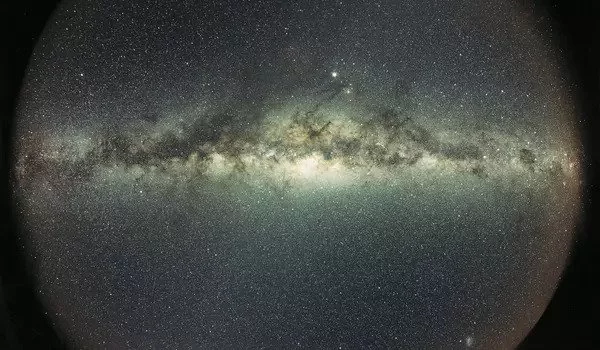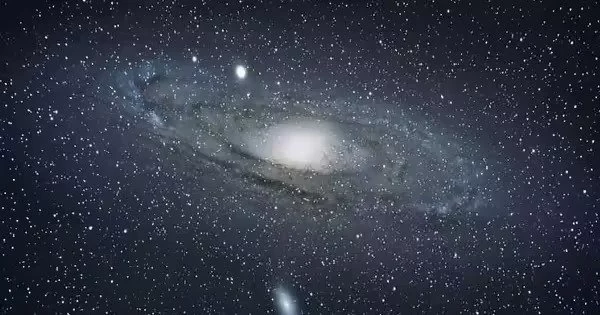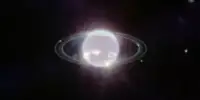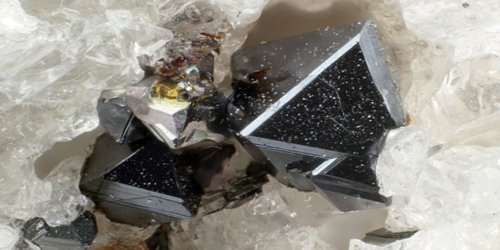Interstellar dust is composed of small particles, typically less than a micron in size, that are found in the space between stars. These particles are made up of a variety of materials, including carbon, silicon, and other elements. They can be formed through a variety of processes, such as the explosion of supernovae and the erosion of comets. Interstellar dust plays an important role in the formation of new stars and planets, as well as in the chemistry of the interstellar medium. Additionally, dust grains can block visible light, making some objects difficult to observe.
Understanding how dust grains form in interstellar gas could provide important insights to astronomers while also assisting materials scientists in the development of useful nanoparticles. Laboratory and spacecraft studies have revealed new details about how interstellar dust grains formed before our solar system formed. The findings, published in the journal Science Advances by Hokkaido University researchers and colleagues from Japan and Germany, may also help scientists create nanoparticles with useful applications in more efficient and environmentally friendly ways.
These ‘presolar’ grains have been found in meteorites, allowing laboratory studies to reveal possible routes for their formation.
“Just as the shapes of snowflakes provide information on the temperature and humidity of the upper atmosphere, the characteristics of presolar grains in meteorites limits the environments in the outflow of gas from stars in which they could have formed,” explains Yuki Kimura of the Hokkaido team. Unfortunately, however, it has proved difficult to pin down the possible environments for the formation of grains consisting of a titanium carbide core and a surrounding graphitic carbon mantle.
Just as the shapes of snowflakes provide information on the temperature and humidity of the upper atmosphere, the characteristics of presolar grains in meteorites limits the environments in the outflow of gas from stars in which they could have formed.
Yuki Kimura
Understanding the environment around stars where the grains could have formed is critical to learning more about the interstellar environment in general. This, in turn, could help explain how stars evolve and how the materials surrounding them become the building blocks for planets.
The grain structure appears to indicate that their titanium carbide core formed first and was then coated in a thick layer of carbon in more distant regions of gas outflow from stars that formed before the Sun.
The team explored the conditions that might recreate the grain formation in laboratory modelling studies guided by theoretical work on grain nucleation – the formation of grains from tiny original specks. This work was augmented by experiments performed in the periods of microgravity experienced aboard sub-orbital rocket flights.

The outcomes surprised some people. They believe the grains formed via a non-classical nucleation pathway, which consists of three distinct steps not predicted by conventional theories. Carbon first forms tiny, homogeneous nuclei; titanium then deposits on these carbon nuclei to form titanium carbide-containing carbon particles; and finally, thousands of these fine particles fuse to form the grain.
“We also propose that the characteristics of other types of presolar and solar grains that formed later in the evolution of the solar system could be accurately explained by considering non-classical nucleation pathways, such as those proposed by our work,” Kimura concludes.
The findings could help scientists better understand distant astronomical events such as giant stars, newly formed planetary systems, and the atmospheres of planets in alien solar systems orbiting other stars. However, it may also assist scientists on Earth in gaining better control over the nanoparticles they are investigating for use in a variety of fields, including solar energy, chemical catalysis, sensors, and nanomedicine. The implications of studying the tiny grains in meteorites thus range from Earth’s future industries to as far away as we can imagine.
















